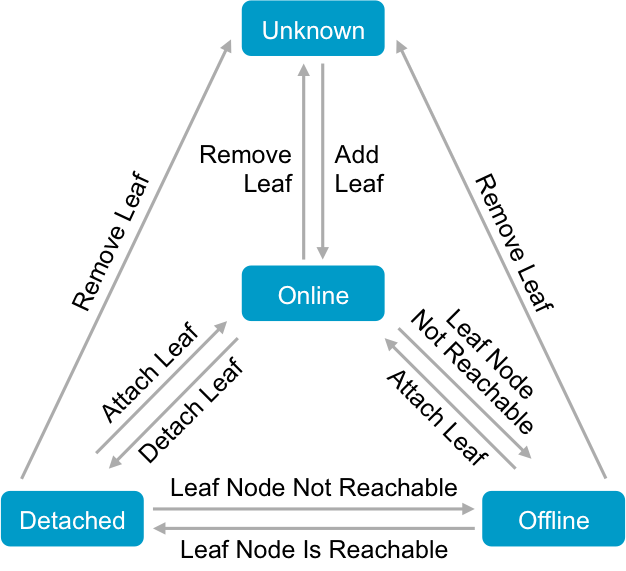Workspace Management Commands
On this page
Node Requirements for SingleStore Helios Commands
SingleStore Helios commands must be run on the appropriate type(s) of node in a SingleStore Helios workspace.
When sync_ and enable_ are set to ON, all Data Definition Language (DDL) commands can be forwarded from child aggregator to master.
-
X = recommended to run on this type of node
-
P = possible (but not recommended) to run on this type of node
-
blank = cannot run on this type of node
|
SingleStore Helios Command |
Master Aggregator |
Child Aggregator |
Leaf |
|---|---|---|---|
|
X |
X |
||
|
X |
X |
||
|
X |
X |
||
|
X |
X |
P |
|
|
X |
X |
P |
|
|
X |
X |
||
|
X |
X |
||
|
X |
X |
||
|
X |
X |
P |
|
|
X |
X |
P |
|
|
X |
X |
||
|
X |
X |
P |
|
|
X |
X |
||
|
X |
X |
||
|
X |
X |
P |
|
|
X |
X |
||
|
X |
X |
||
|
X |
X |
||
|
X |
X |
||
|
X |
X |
P |
|
|
X |
X |
||
|
X |
X |
||
|
X |
X |
P |
|
|
X |
X |
X |
|
|
X |
X |
||
|
X |
X |
P |
|
|
X |
X |
||
|
X |
X |
||
|
X |
X |
P |
|
|
X |
X |
||
|
X |
X |
||
|
X |
X |
||
|
X |
X |
||
|
X |
X |
P |
|
|
X |
X |
X |
|
|
X |
X |
P |
|
|
X |
X |
P |
|
|
X |
X |
X |
|
|
X |
P |
||
|
X |
X |
X |
|
|
X |
X |
X |
|
|
X |
X |
X |
|
|
X |
X |
P |
|
|
X |
X |
P |
|
|
X |
X |
P |
|
|
X |
X |
P |
|
|
X |
X |
P |
|
|
X |
X |
||
|
X |
X |
X |
|
|
X |
X |
P |
|
|
X |
X |
||
|
X |
X |
P |
|
|
X |
X |
||
|
X |
X |
||
|
X |
X |
||
|
X |
X |
P |
|
|
X |
X |
||
|
X |
X |
P |
|
|
X |
X |
P |
|
|
X |
X |
X |
|
|
X |
X |
P |
|
|
X |
X |
P |
|
|
X |
X |
||
|
X |
X |
X |
|
|
X |
X |
X |
|
|
X |
X |
X |
|
|
X |
X |
P |
|
|
X |
X |
X |
|
|
X |
X |
X |
|
|
X |
X |
P |
|
|
X |
X |
X |
|
|
X |
X |
X |
|
|
X |
X |
X |
|
|
X |
X |
X |
|
|
X |
X |
X |
|
|
X |
X |
X |
|
|
X |
X |
X |
|
|
X |
X |
X |
|
|
X |
X |
||
|
X |
X |
||
|
X |
X |
||
|
X |
|||
|
X |
X |
P |
|
|
X |
X |
P |
Leaf States
Each leaf is in one of the following states:
|
State |
Description |
|---|---|
|
|
In this state, a leaf is not part of the workspace. |
|
|
This is the default, healthy state of a leaf. |
|
|
The master aggregator periodically sends a heartbeat (ping) to all the nodes in a workspace to determine if they are responsive and online. If the workspace is in redundancy 2 any partitions on the
|
|
|
Not online, and not available for read or write queries. |
|
|
In this state, the leaf is detached from the workspace. |
|
|
A leaf transitions from |
The following diagram summarizes the leaf states and the transitions between them.

In this section
Last modified: September 11, 2024

